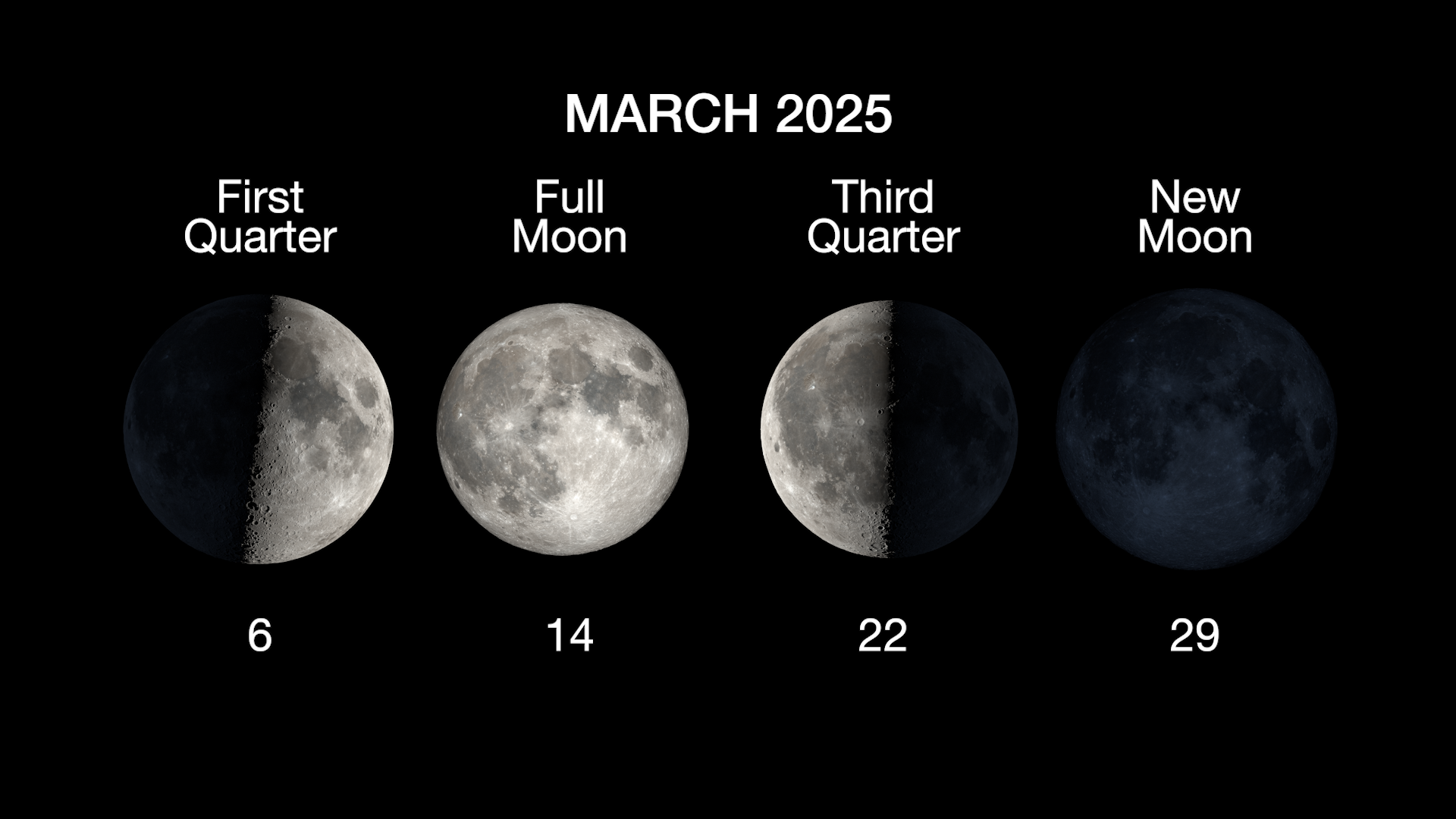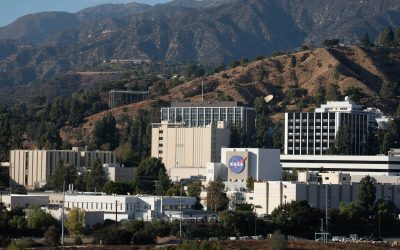November’s full moon, dubbed the Beaver Moon, will be visible on Wednesday, November 5. It will reach its precise fullness at 8:19 a.m. ET on that day, according to Time and Date. Observers can also expect the moon to appear bright and full for several days surrounding this peak.
This event marks the second of three consecutive supermoons, following October’s full Harvest Moon. A supermoon occurs when the full moon coincides with its closest point to Earth, known as perigee. The moon’s elliptical orbit around our planet means its distance from Earth naturally varies each month.
The November supermoon is set to be approximately 221,817 miles (356,980 kilometers) from Earth, according to Earthsky.org. This proximity is expected to make the moon appear marginally larger and brighter than usual. Furthermore, this will be the closest full moon of 2025.
Capture the Moon’s Peak Beauty: A Guide to Optimal Lunar Photography.
The year 2025 is slated to deliver a total of 12 full moons, a calendar that will also feature three supermoons and two lunar eclipses. While experienced observers know the full moon’s intense brightness can obscure surface details, making it less ideal for telescopic viewing, the captivating spectacle of the moon rising as a luminous orb at dusk remains a peerless celestial display.
Every full moon bears a unique designation, a tradition rooted in its agricultural past. The year 2025 is set to feature its usual complement of full moons, alongside several special astronomical events. Sky-watchers can anticipate three supermoons, occurrences where the moon’s closest point to Earth (perigee) precisely aligns with its full phase. Additionally, 2025 will mark the return of two total lunar eclipses, the first such celestial spectacles witnessed since 2022.
Timeanddate.com has compiled the complete schedule of 2025 full moon occurrences, detailing their precise dates, times, and the commonly recognized North American designations.
The year 2025 is poised to deliver two impressive lunar eclipses, with the first promising a particularly stunning celestial event. From March 13 to 14, a total lunar eclipse will see the full Worm Moon journey through Earth’s deep inner umbral shadow, transforming into a dramatic reddish-orange color. This phase of totality is projected to last 65 minutes, occurring between 2:26 and 3:32 a.m. EDT. Viewers across North and South America will have the best vantage point for this spectacle.
The year’s second total lunar eclipse is slated for September 7-8, promising a vivid display as the Harvest Moon enters Earth’s deepest shadow. For 82 minutes, from 1:30 to 2:52 a.m. EDT, the moon is expected to turn a distinct reddish-orange. Viewers in Asia and Australia are ideally positioned to observe this celestial phenomenon.

Scientists customarily divide the Moon’s approximately 29.5-day orbital period into eight distinct phases. These stages are precisely determined by the evolving geometric alignment of the Moon, Earth, and Sun.
The lunar cycle originates with the “new moon” phase, a celestial alignment marked by the Moon’s precise positioning between Earth and the sun. During this period, the Moon is rendered invisible from our vantage point, as its sunlit face is turned away, reflecting no light toward Earth. This specific alignment is the exclusive condition under which a solar eclipse can occur. In 2025, two partial solar eclipses are anticipated: one on March 29 and another on September 21.
As the portion of the moon’s Earth-facing side illuminated by sunlight steadily grows, this period is known as the “waxing” phase. Following the initial new moon, the cycle progresses to the waxing crescent before reaching the “first quarter” phase. During the first quarter, precisely half of the moon’s visible surface appears illuminated from our perspective.
The lunar progression moves next to the waxing gibbous phase, an intermediate stage observed between the first quarter and the full moon. Approximately midway through its monthly cycle, the full moon ascends, presenting a notably bright and expansive presence in the night sky. This complete illumination results from the Moon and Sun being positioned on opposing sides of Earth, allowing the entirety of the Moon’s Earth-facing surface to be bathed in sunlight.
Following the full moon, the lunar cycle transitions into its waning period, a gradual decline in illumination. This progression begins with the waning gibbous phase, moves to the “last quarter moon,” and concludes as a delicate waning crescent. After roughly 30 days, the moon reaches its “new” phase, initiating the renewal of the entire cycle.
The article undergoes monthly updates. Its most recent revision, implemented on October 7, specifically added details concerning November’s full Beaver Moon.







